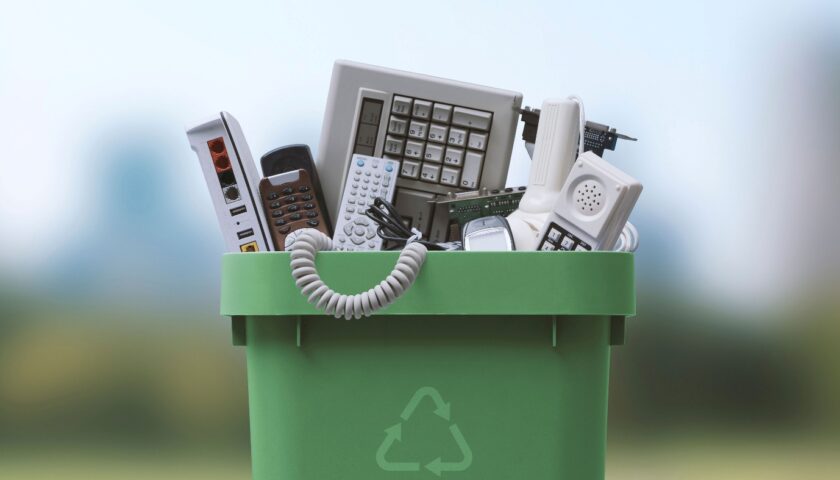Reverse Auction Raises Red Flags
In a recent high-volume reverse auction conducted by Johnson Controls–Hitachi, now operating under Bosch India, bids for processing approximately 13,655 tonnes of consumer electronic waste reportedly dropped to as low as ₹5.90 per kg—significantly below the ₹22/kg floor price mandated by the Central Pollution Control Board (CPCB) under the E-Waste Management Rules, 2022.
Industry insiders express concern that such steep underbidding not only violates the spirit of the regulations but also puts the viability of certified recyclers at risk.
“The actual cost of responsibly collecting, dismantling, and recycling e-waste is more than ₹22 per kg. Anything lower than that means corners are being cut—either in process or in paperwork. Prices globally are much higher than what CPCB proposed,” said a certain expert.
Despite the CPCB’s pricing rules, there appears to be no formal action taken against sub-floor bids, raising concerns about regulatory oversight and enforcement loopholes.
Hyderabad: A Case Study in Underperformance
Meanwhile, the ground situation in major urban centres like Hyderabad paints an equally worrying picture. With e-waste generation in the city rising from 33,000 tonnes in 2018 to over 50,000 tonnes by 2022, formal recycling mechanisms have failed to scale accordingly.
Telangana state has 21 authorised recyclers and two refurbishers, with a combined capacity exceeding 360,000 tonnes annually. However, data indicates that only 64,000 tonnes of e-waste were formally collected and processed last year—roughly 18% of capacity utilisation.
The rest? Experts say it either disappears into untraceable informal channels or ends up in landfills.
“Informal dismantlers extract metals and dump or burn the rest. This isn’t just an environmental hazard—it’s a health crisis,” a public health official warned, citing risks of lead and mercury exposure among unprotected workers and nearby communities.
Residents report that even bulk generators like hospitals, tech firms, and government offices often lack clarity or motivation to route their e-waste through certified recyclers.
The Bigger Picture: Policy Without Practice?
These incidents raise urgent questions about whether India’s e-waste policy is equipped to manage the challenges it faces:
● Why are reverse auctions allowed to ignore price floors, effectively legalising undercutting?
● How are EPR (Extended Producer Responsibility) credits being verified when collection is this inconsistent?
● Are informal waste handlers being pushed deeper underground by a broken pricing system?
● And most importantly—where is the accountability?
With India now ranking among the top three e-waste generators globally, activists argue that the system needs more than just policy—it needs teeth. Strengthening price enforcement, improving audit trails, and investing in awareness and infrastructure at the consumer level are urgent priorities.
What Needs to Happen Now
Stakeholders across the board—producers, recyclers, regulators, and consumers—must acknowledge that India’s e-waste challenge is no longer technical. It is structural. Unless enforcement catches up with the rulebook, and unless producers are incentivised to value sustainability over savings, the toxic tide will continue to rise.
The story of Hitachi’s auction and Hyderabad’s overflow is not an exception. It is a preview of what unchecked systems can lead to—economic distortion, environmental degradation, and public health fallout.
The clock is ticking.




